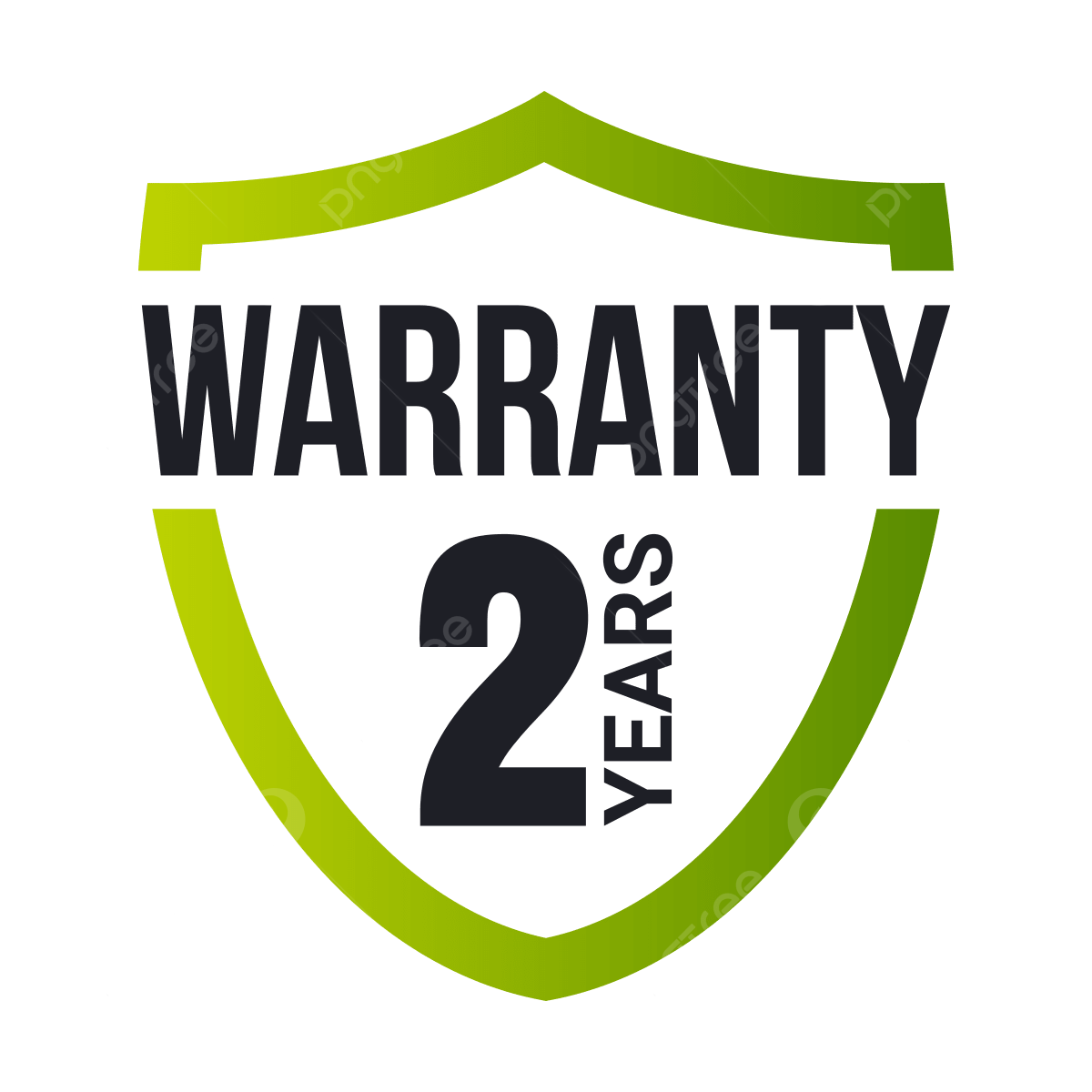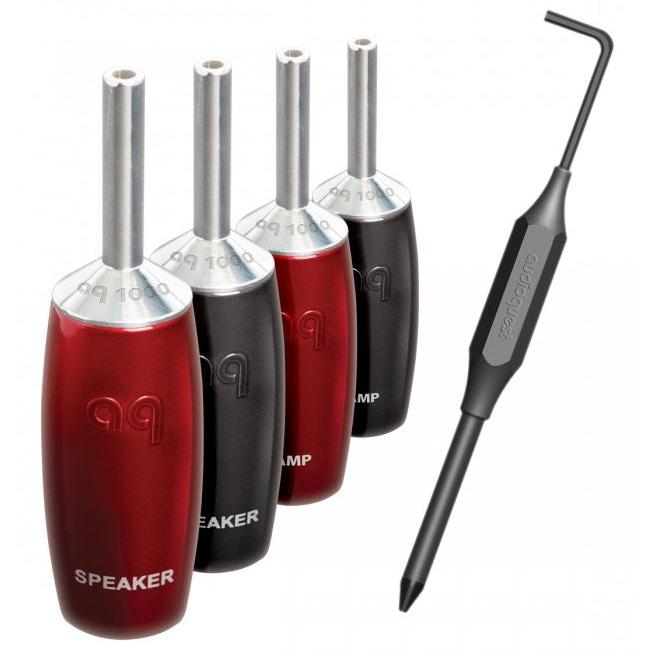Robin Hood ZERO BiWire COMBO (ZERO + BASS)
Robin Hood ZERO BiWire COMBO (ZERO + BASS)
 🚚 Delivery in 1-4 days in the Baltics. 2-8 days EU
🚚 Delivery in 1-4 days in the Baltics. 2-8 days EU
 💰 14 days return
💰 14 days return
 🔒 Secure payment: PayPal, 💳card, invoice
🔒 Secure payment: PayPal, 💳card, invoice
 🛡️Shipping insurance
🛡️Shipping insurance
 🟢 2 years warranty
🟢 2 years warranty
 🧱 Installation service
🧱 Installation service
💲Seen a better price? Let us know and we'll match it.
Couldn't load pickup availability
In stock
Shipping Terms
Shipping Terms
- Shipping method: Standard
Shipment cost: - EU 25€
- LT, EST 6€
- LV 3€
- RU, USA 200€
- Other countries 200€
- Dispatched usually 2 - 5 business days after order placement
- Some times, dispatched up to 20 business days, we will inform additional, after order placement.
🟠 Taxes 🟠
🟠 Taxes 🟠
Prices include VAT for EU countries. For non-EU countries, prices are shown without tax. Additional customs duties may apply. Please check with your local customs office for details.
Robin Hood BASS
Speaker Cable w/ ZERO-Tech and RF/ND-Tech for Midrange and Bass
Cables manufactured by your individual order. Dispatching time - up to 37 days. Cables can't be returned, changed or refunded. If you have questions - don't hesitate to ask PremiumHIFI.
Robin Hood BASS with RF/ND-Tech is an ideal cable for the Bass and Midrange inputs of either a Bi-Wireable or Tri-Wireable loudspeaker when used in combination with Robin Hood ZERO or Robin Hood SILVER Full-Range cables.
Specifications
Specifications for product Robin Hood BASS
Metal
Solid Perfect-Surface Copper+ (PSC+)
Noise Dissipation
RF/ND-Tech
Geometry
ZERO-Tech (No Characteristic Impedance)
Gauge
15AWG
Signal Type
Analog
Cable Length
8 ft = 2.4 m
Jacket
Black Braid
Sold As
Pair - 2 Individual Cables
Description
Solid Perfect-Surface Copper+ (PSC+) Conductors
Solid conductors prevent electrical and magnetic strand-interaction. PSC+ Solid-Copper minimizes distortion caused by grain boundaries and maximizes linear RF Noise-Dissipation.
Carbon-Based Linearized Noise-Dissipation System (NDS)
AQ’s comprehensive Linearized Noise-Dissipation System combines multiple shields and a carbon-based linearized resistive network that turns most of this noise into heat. By "linearized," we mean that the system is equally effective across extremely wide bandwidth, rather than at selected frequencies only, as is more common. The remaining bad energy is effectively drained away from the sensitive amplifier circuits via directionally controlled signal and shield conductors.
ZERO-Tech
The only complete way to eliminate characteristic-impedance mismatches between a cable and the attached source and load is for the cable not to have any fixed characteristic-impedance value. ZERO-Tech accomplishes this by eliminating interaction between the insulation (dielectric) and the cable’s conductors—enabling uncompressed current transfer. All-important transient current is unrestricted, and RF Noise-Dissipation is linearized (consistent octave to octave).
RF/ND-Tech
Though a cable’s ground leads are integral to a component’s signal transmission, they also act as an antenna. Thus, they are subject to induced Radio-Frequency (RF) noise. RF noise is a parasitic signal that is typically coupled directly into a system’s most sensitive audio/video circuits. AudioQuest’s RF-on-ground Noise-Dissipation (RF/ND-Tech) greatly reduces resulting distortion and signal masking, yielding unprecedented levels of Noise-Dissipation across the widest bandwidth (range) of radio frequencies possible. Our unique circuit topology uses a common-mode phase-cancelling array, providing linear noise dissipation across the entire length of the cable (US Patent # 8,988,168).
72v Dielectric-Bias System (DBS) with Level-X RF Noise-Trap
Insulation is also a dielectric that acts like a shunt-filter. Properly biasing the dielectric linearizes the filter, significantly improving the cable’s wide-bandwidth ability to dissipate induced noise. The DBS pack’s Level-X Noise-Trap “pulls” RF Noise out of the cable, further reducing attached audio circuit misbehavior.
Directionality
All drawn metal strands or conductors have a non-symmetrical, and therefore directional, grain structure. AudioQuest controls the resulting RF impedance variation so that noise is drained away from where it will cause distortion. The correct direction is determined by listening to every batch of metal conductors used in every AudioQuest audio cable. When applicable, arrows are clearly marked on the connectors to ensure superior sound quality. For most models of AQ cable, the arrows not only indicate the direction that optimizes metal-directionality as part of Noise-Dissipation, but also indicates non-symmetrical attachment of shield and GND in order to optimize full-system performance.
Folk Hero Cold-Welded Terminations
Folk Hero cables are Cold-Welded to AudioQuest’s extremely pure Red Copper Spades or Bananas. The bare copper is submerged (hung) in a vat of pure silver instead of being tumbled in a lower-grade solution. AudioQuest speaker breakouts and plug casings are not metal in order not to induce RF Noise into the conductors.
Robin Hood Bi-Wiring
When possible, running separate cables to the treble and bass “halves” of a speaker significantly reduces distortion. Bi-Wiring keeps the large magnetic fields associated with bass energy out of the treble cable, allowing the delicate upper frequencies to travel a less magnetically disturbed path, like taking the waves out of the water when you swim.
AudioQuest’s RF/ND-Tech (patented RF-Canceling Ground-Noise Dissipation) attracts RF energy away from the amplifier’s output. When properly implemented, Bi-Wiring has always been a cost-effective way to get better performance for the same or less money. With RF/ND-Tech, the advantage of Bi-Wiring is much more dramatic. Because RF/ND-Tech is so effective, BASS model cables are only for 10KHz and below; do not use a BASS cable full-range or on treble.
Robin Hood BASS cable is ideal with Robin Hood ZERO or SILVER ZERO. A Bi-Wire COMBO with BASS and ZERO cables joined together at the amplifier is usually most convenient. When Tri-Wiring, use BASS cables on the Midrange and Bass inputs.
Caution: Do not Bi-Wire with two ZERO cables. ZERO cables in-parallel can create a very high-frequency resonant peak (ringing), and resulting poor sound. Only use a ZERO plus a BASS cable (whether or not joined as a COMBO). Second best is a single ZERO with AQ Bi-Wire jumpers.
Robin Hood ZERO
Speaker Cable w/ ZERO-Tech for Full-Range or Treble
Robin Hood ZERO speaker cables may be used in one of two ways: either as ideal Full-Range cables, or, in combination with a dedicated BASS cable, in a BiWire cable assembly of unparalleled performance.
Specifications
Specifications for product Robin Hood ZERO
Metal
Solid Perfect-Surface Copper+ (PSC+)
Noise Dissipation
Multi-Layer Carbon-Based Noise Dissipation
Geometry
ZERO-Tech (No Characteristic Impedance)
Gauge
15AWG
Signal Type
Analog
Cable Length
8 ft = 2.4 m
Jacket
Dark Green on Black Braid
Sold As
Pair - 2 Individual Cables
Description
Solid Perfect-Surface Copper+ (PSC+) Conductors
Solid conductors prevent electrical and magnetic strand-interaction. PSC+ Solid-Copper minimizes distortion caused by grain boundaries and maximizes linear RF Noise-Dissipation.
Carbon-Based Linearized Noise-Dissipation System (NDS)
AQ’s comprehensive Linearized Noise-Dissipation System combines multiple shields and a carbon-based linearized resistive network that turns most of this noise into heat. By "linearized," we mean that the system is equally effective across extremely wide bandwidth, rather than at selected frequencies only, as is more common. The remaining bad energy is effectively drained away from the sensitive amplifier circuits via directionally controlled signal and shield conductors.
ZERO-Tech
The only complete way to eliminate characteristic-impedance mismatches between a cable and the attached source and load is for the cable not to have any fixed characteristic-impedance value. ZERO-Tech accomplishes this by eliminating interaction between the insulation (dielectric) and the cable’s conductors—enabling uncompressed current transfer. All-important transient current is unrestricted, and RF Noise-Dissipation is linearized (consistent octave to octave).
72v Dielectric-Bias System (DBS) with Level-X RF Noise-Trap
Insulation is also a dielectric that acts like a shunt-filter. Properly biasing the dielectric linearizes the filter, significantly improving the cable’s wide-bandwidth ability to dissipate induced noise. The DBS pack’s Level-X Noise-Trap “pulls” RF Noise out of the cable, further reducing attached audio circuit misbehavior.
Directionality
All drawn metal strands or conductors have a non-symmetrical, and therefore directional, grain structure. AudioQuest controls the resulting RF impedance variation so that noise is drained away from where it will cause distortion. The correct direction is determined by listening to every batch of metal conductors used in every AudioQuest audio cable. When applicable, arrows are clearly marked on the connectors to ensure superior sound quality. For most models of AQ cable, the arrows not only indicate the direction that optimizes metal-directionality as part of Noise-Dissipation, but also indicates non-symmetrical attachment of shield and GND in order to optimize full-system performance.
Folk Hero Cold-Welded Terminations
Folk Hero cables are Cold-Welded to AudioQuest’s extremely pure Red Copper Spades or Bananas. The bare copper is submerged (hung) in a vat of pure silver instead of being tumbled in a lower-grade solution. AudioQuest speaker breakouts and plug casings are not metal in order not to induce RF Noise into the conductors.
Robin Hood Bi-Wiring
When possible, running separate cables to the treble and bass “halves” of a speaker significantly reduces distortion. Bi-Wiring keeps the large magnetic fields associated with bass energy out of the treble cable, allowing the delicate upper frequencies to travel a less magnetically disturbed path, like taking the waves out of the water when you swim.
AudioQuest’s RF/ND-Tech (patented RF-Canceling Ground-Noise Dissipation) attracts RF energy away from the amplifier’s output. When properly implemented, Bi-Wiring has always been a cost-effective way to get better performance for the same or less money. With RF/ND-Tech, the advantage of Bi-Wiring is much more dramatic. Because RF/ND-Tech is so effective, BASS model cables are only for 10KHz and below; do not use a BASS cable full-range or on treble.
Robin Hood BASS cable is ideal with Robin Hood ZERO or SILVER ZERO. A Bi-Wire COMBO with BASS and ZERO cables joined together at the amplifier is usually most convenient. When Tri-Wiring, use BASS cables on the Midrange and Bass inputs.
Caution: Do not Bi-Wire with two ZERO cables. ZERO cables in-parallel can create a very high-frequency resonant peak (ringing), and resulting poor sound. Only use a ZERO plus a BASS cable (whether or not joined as a COMBO). Second best is a single ZERO with AQ Bi-Wire jumpers.
Share












Let customers speak for us
from 38 reviews
FiiO FH5S Black In-Ear Wired Headphones

Sound is fabulous.

I never expected such transparency and spacious soundstage from an IEM.
Simply the best "portable" headphones. Pity it was discontinued.

🕺 TEAC AD-850-SE CD-player/Cassette/USB 🎵

🤘 AudioQuest BlueBerry 18 Dis 💯 HDMI cable

💿 Audiolab 9000CDT 🟢 CD Transport

FiiO FT1 PRO Over-Ear Wired Headphones

Lielisks pastiprinātājs! Lietoju viņu kopā ar austiņām "HifiMan Sundara" caur balancētu izeju.

Отличный фонокоректор порадовал звуком!
PremiumHIFI отличный магазин,отличный сервис!👍👍👍👍👍

REL Tzero MKIII Subwoofer

Decent device for the money!I am very satisfied with the purchase!Thanks to the PremiumHIFI store!

Отличный настольный ЦАП от FiiO..
Обслуживание на высшем уровне..
Магазину и Аркадию респект!..

Заказал здесь Wiim mini. Пришло за 2 дня. Проигрыватель очень понравился, выдаёт очень хороший звук и хорошую сцену (подключаю к ресиверу через оптический кабель, поэтому звук обрабатывает цап ресивера). Также стоит очень дёшево. Не понравилось только то, что многовато высоких частот (но уже привык или пропали). Рекомендую к покупке.

Ļoti labi cenai atbilstoši skaļruņi. Kad secināju ka manā set up vājš posms varētu būt tieši skaļruņi nomainot tos neesu kļudījies ne pārtērējies. Ar tiem kas klausās mūziku kurā basi nedominē varbūt iztiks bez sabvūfera. Un ja pārdomāšu savu stereo varēšu no Klipsh skaļruņiem būvēt Dolby Atmos, Spatial mājas kino! Un šīs vara krāsas skaļruņi!

The device is good quality and it sounds really great. But it has two issues.
You cannot switch between L/R channels. It lowers both channels volume. The issue is mentioned on FiiO website.
It has LineOut function, where device is playing on max volume and you can use your computer volume bar, but it is so loud that even on the lowest set it is screaming, so you have to choose another option and adjust volume on FiiO device instead.
I wish I knew it before buying.
















